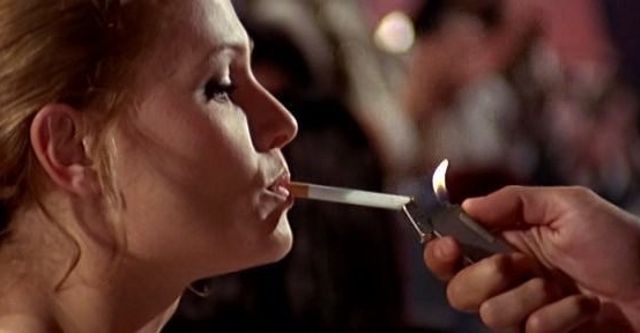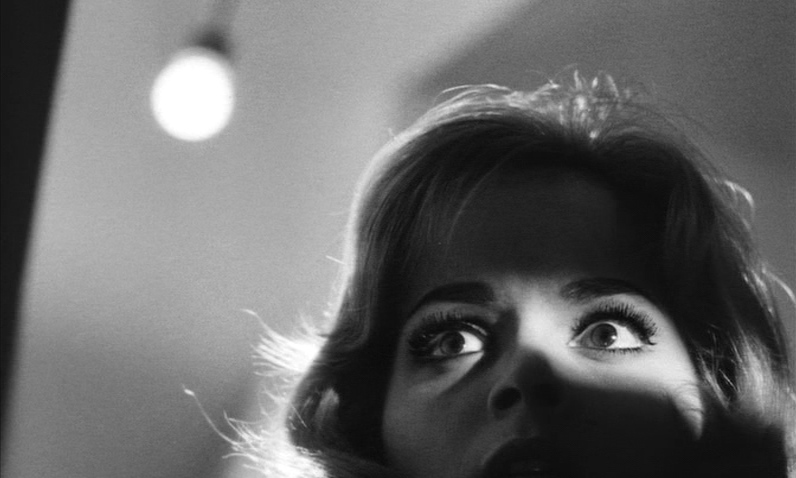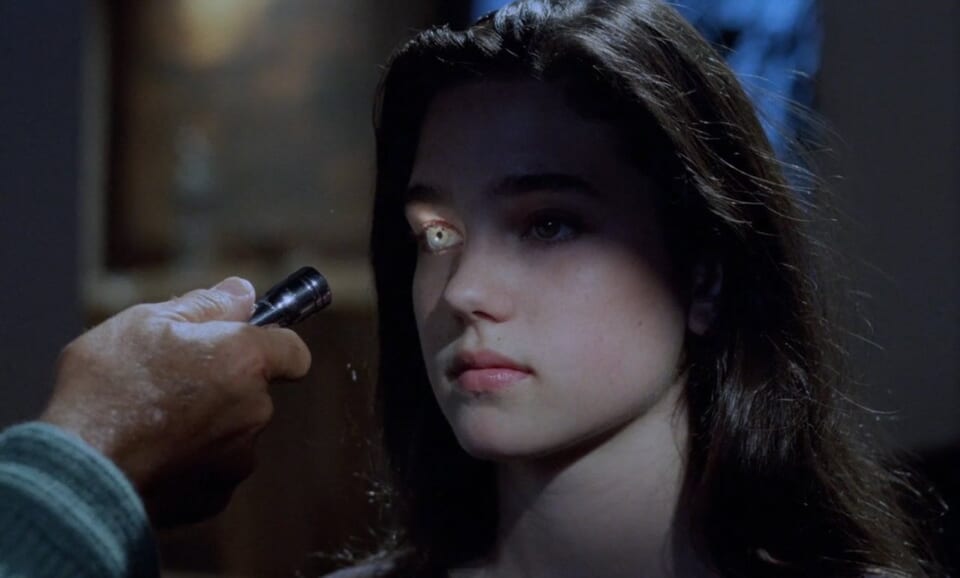Giallo January: How Italian Slashers Turned the Murder Mystery into High Art

The non-profit organization American Cinematheque in Los Angeles has been a cultural touchstone for the film community for years. Through their support, the monthly series Cinematic Void puts on themed screenings showing challenging, generally unsettling genre films. Their sub-series called January Giallo has been a go-to for fans of stylized Italian slashers that has shown everything from Dario Argento’s Deep Red to Lucio Fulci’s A Lizard in a Woman’s Skin, all in 35MM. The series has expanded to Denver, Chicago and other cities in an effort to infect the masses.
With the resurgence of the murder mystery in Rian Johnson’s Glass Onion, in particular, it’s interesting to see when the pulp detective novels, in Italy (referred to as Gialli) started to veer away from actually solving the crime to highlighting the crime itself. The first Italian detective novel published in 1929 is widely regarded as S.S. Van Dine’s The Benson Murder Case. Agatha Christie’s seminal detective story Murder on the Orient Express hit shelves around the same time in 1936. But the United Kingdom embraced the genre a lot more than Italy did.
Undoubtedly, the general public in Italy were loving the salacious crime stories invading bookstores. The Ministry of Popular Culture had other ideas, however. In 1937, they forced publishers to print the following notice on the eye-popping yellow covers of Gialli novels: “The police’s customs and methods here described are not Italian. In Italy, justice and public safety are serious things.” The Ministry also decreed that when the murderer is revealed, he or she can absolutely not be Italian. The assailant also cannot escape justice in any way. The anti-detective novel was born out of that as a way of protesting fascism and censorship.

Inspired by that small rebellion on the page, the Giallo film was created. In 1963, The Girl Who Knew Too Much directed by Mario Bava is widely considered to be the first Giallo. Bava’s film chooses style and intrigue over a typical mystery, but it still sticks to a formula. It does feature characters that have a distrust of the police and establishes a common theme in most Giallo films where the victims are essentially on their own.
Also Read: ‘Pacific Heights’ is a Nerve-Shredding Thriller [Watch]
Without a doubt, guessing the killer was still part of the fun once the Giallo entered into the 1970’s. That burning question was still a major factor in Sergio Martino’s The Case Of The Scorpion’s Tale in 1971. Martino’s horror mystery is probably the most balanced Giallo in terms of keeping it a straight forward mystery while also adding in the visual flairs that influenced the subgenre to go in weirder, more unconventional directions. Martino’s use of camera zooms, off angles, and color gels all became hallmarks of the Giallo. Dario Argento usually gets the credit for these techniques, but Martino really deserves the acclaim.
Also in 1971, Paolo Cavera’s Black Belly of the Tarantula featured a high concept killer that injects a venomous syringe into his victims. Rendered motionless, the victims are forced to watch him slice and dice them up while they watch. It’s one of the first Giallos where the kills started to become more interesting than the reveal of the actual killer.

Once the eighties hit with entries like Lucio Fulci’s The New York Ripper and Argento’s Phenomena (a.k.a. Creepers), the kills became the star. With Phenomena in particular, the endings (or multiple endings) became so bizarre that they were almost operatic. A chimpanzee with a razor blade is so epic it’s almost comical.
Argento’s latest, Dark Glasses, still embraces the profane but it’s fairly pedestrian. Is the Giallo film dead today? The preference to turn the deaths in these films into high art is hypnotic and widely influential. But has it reached its end point? The Giallo could be in danger of becoming a parody of itself.
What needs to happen, perhaps, is a return to the balance that Martino achieved with The Case Of The Scorpion’s Tale. If Rian Johnson’s knack for subverting the murder mystery can make Glass Onion so delectable, maybe a combination of clever clues and over-the-top kills could make for the best Giallo film yet.
Categorized:Editorials News

